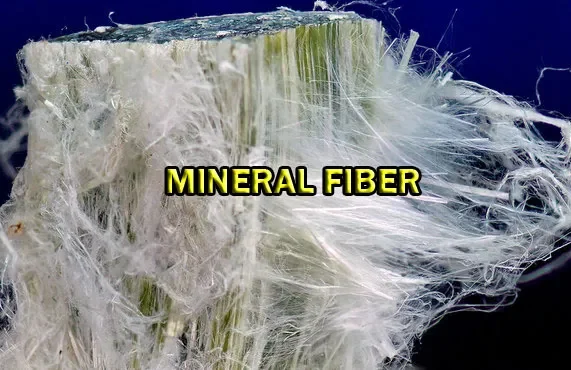Introduction
When it comes to property inspections, one often overlooked hazard is the presence of dangerous mineral fibers. Identifying and managing these fibers is crucial for ensuring the safety of occupants and maintaining property value. This blog post will guide you through the process of recognizing these hazardous materials and provide practical tips for managing them effectively. Whether you’re an automotive hobbyist, vehicle owner, or environmental consultant, understanding mineral fibers can help safeguard your health and property.
What Are Dangerous Mineral Fibers?
Dangerous mineral fibers are microscopic particles that can be found in a variety of building materials. These fibers, including asbestos and fibrous tremolite, can pose significant health risks when disturbed and inhaled. Once inhaled, they can lodge in the lungs and cause diseases like asbestosis, lung cancer, and mesothelioma.
The most common dangerous mineral fibers include:
- Asbestos – Widely used in construction materials for insulation and fireproofing.
- Fibrous Tremolite – Often found as a contaminant in other minerals.
- Erionite – Less common but extremely hazardous, found in certain types of rocks.
Understanding these fibers and their properties is the first step in identifying their presence in a property.
Recognition and Identification
Identifying dangerous mineral fibers requires a keen eye and specialized equipment. Visual inspection alone is not enough, as these fibers are microscopic. Professional inspectors typically use polarized light microscopy (PLM) or transmission electron microscopy (TEM) to detect their presence in building materials.
Some common signs that may indicate the presence of dangerous fibers include:
- Aged Insulation – Older insulation materials are more likely to contain asbestos.
- Crumbling Drywall – Damaged drywall can release fibers into the air.
- Disintegrating Tiles – Older flooring materials may also harbor dangerous fibers.
Regular property inspections should include these checks to ensure no hazardous materials are overlooked.
Health Risks Associated with Mineral Fibers
Exposure to dangerous mineral fibers poses numerous health risks. Inhalation of these fibers can lead to severe respiratory issues and chronic diseases. The latency period for diseases caused by asbestos exposure can be several decades, making early detection crucial.
Key health risks include:
- Asbestosis – A chronic lung disease caused by inhaling asbestos fibers.
- Lung Cancer – Increased risk due to prolonged exposure to asbestos.
- Mesothelioma – A rare but aggressive cancer linked directly to mineral fiber exposure.
Understanding these risks underscores the importance of proper identification and management of dangerous mineral fibers.
Managing Dangerous Mineral Fibers
Managing dangerous mineral fibers involves several steps to ensure safety and compliance with regulations. Professional removal and containment are often necessary to prevent exposure.
Steps for Managing Mineral Fibers
- Professional Assessment – Hire qualified inspectors to assess the presence of hazardous materials.
- Containment – Use methods such as sealing or encapsulating materials containing dangerous fibers.
- Removal – Professional removal of hazardous materials should be done following local and federal guidelines.
Additionally, regular monitoring and maintenance of areas known to contain these fibers are essential for long-term safety.
Regulations and Compliance
Compliance with regulations regarding dangerous mineral fibers is critical. Various federal and state regulations govern the handling and disposal of these materials to protect public health.
Key Regulations
- EPA Guidelines – The Environmental Protection Agency provides comprehensive guidelines on asbestos management.
- OSHA Standards – Occupational Safety and Health Administration sets standards to protect workers from exposure.
- Local Laws – State and local regulations may also impose specific requirements.
Ensuring compliance with these regulations helps avoid legal issues and promotes a safe environment.
Conclusion
Identifying and managing dangerous mineral fibers during property inspections is vital for the health and safety of occupants. By understanding the types of hazardous fibers, recognizing their presence, and following proper management protocols, you can mitigate the associated health risks.
Whether you’re an automotive hobbyist, vehicle owner, or environmental consultant, staying informed about these hazards is essential. For more detailed advice and professional inspection services, consider exploring options for mold testing Utah. Knowledge and proactive measures can help ensure a safe and healthy environment for everyone involved.
By regularly updating your inspection protocols and staying informed about the latest regulations, you can effectively manage the risks associated with dangerous mineral fibers. Always prioritize safety and compliance to protect both property and health.







